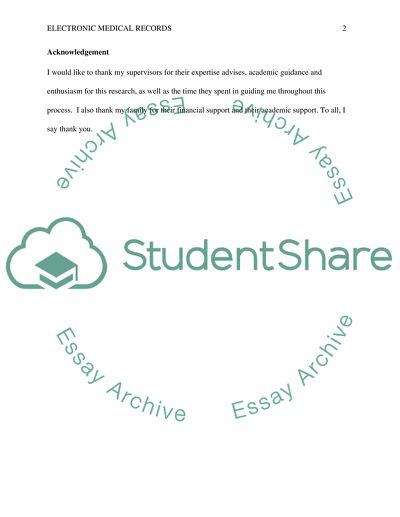Cite this document
(“Privacy and Confidentiality in the Electronic Medical Record Research Paper”, n.d.)
Privacy and Confidentiality in the Electronic Medical Record Research Paper. Retrieved from https://studentshare.org/information-technology/1486185-privacy-and-confidentiality-in-the-electronic
Privacy and Confidentiality in the Electronic Medical Record Research Paper. Retrieved from https://studentshare.org/information-technology/1486185-privacy-and-confidentiality-in-the-electronic
(Privacy and Confidentiality in the Electronic Medical Record Research Paper)
Privacy and Confidentiality in the Electronic Medical Record Research Paper. https://studentshare.org/information-technology/1486185-privacy-and-confidentiality-in-the-electronic.
Privacy and Confidentiality in the Electronic Medical Record Research Paper. https://studentshare.org/information-technology/1486185-privacy-and-confidentiality-in-the-electronic.
“Privacy and Confidentiality in the Electronic Medical Record Research Paper”, n.d. https://studentshare.org/information-technology/1486185-privacy-and-confidentiality-in-the-electronic.


